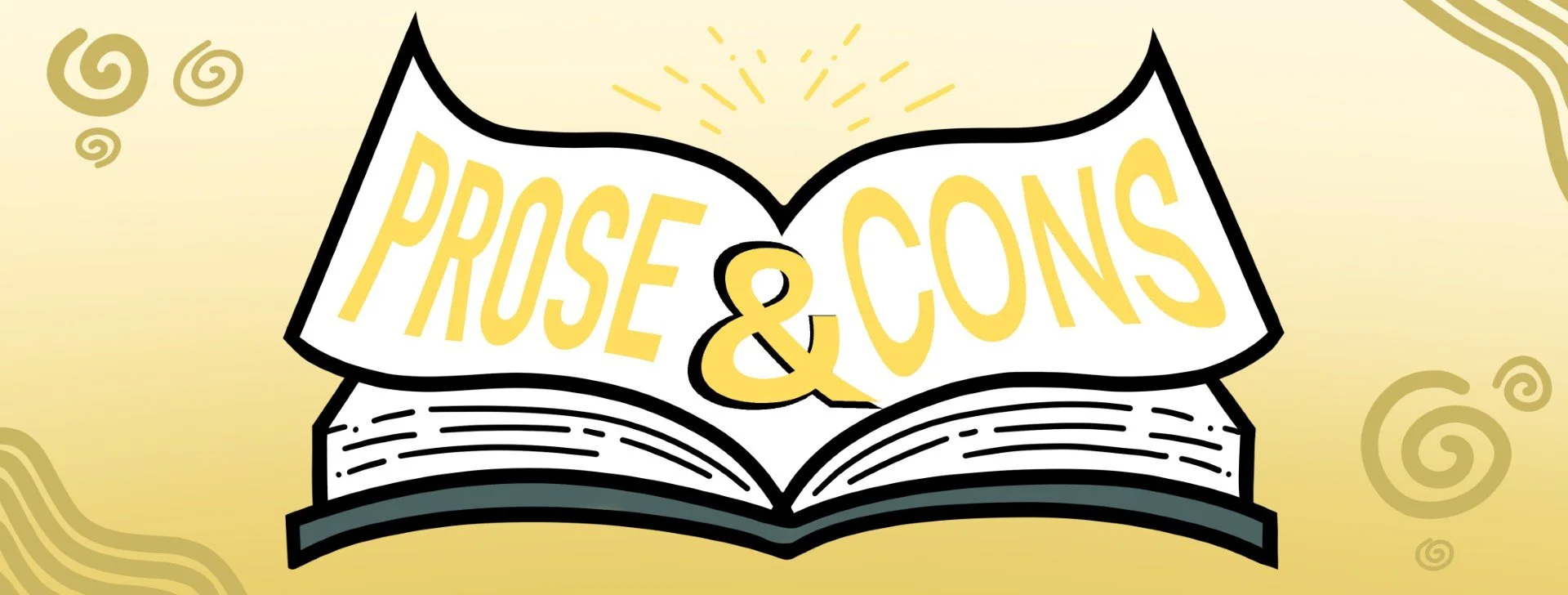A Revolutionary Rebirth
/A Revolutionary Rebirth
Standing on the edge of a rebirth. A new feeling draws near, holding familiarity in its clutches. Final Fantasy VII, released in January 1997, the turn-based JRPG captured the hearts of its audience with its enchanting story, goofy, yet meaningful characters, fun minigames and playstyle. Video games weren’t always about graphics, and special effects. Back in the 90s video games had low-res polygon characters, un-interactive background art, and usually no voice acted dialogue.
Final Fantasy VII has been a beloved childhood gem among gamers since its release, but just how impactful was it? This ties into the title of the franchise: ‘Final Fantasy’. It took on this name because, at the time, the company producing said games; ‘Square Enix’was prepared to retire their company because of low sales. The first entry ‘Final Fantasy’ was what they thought was their final project before their company shut down. However, this obviously didn’t happen. The success of Final Fantasy 1-6 was almost immediate after each release, pushing Square Enix into the JRPG DEV hall of fame. International fans, and the general public were popping up everywhere, and with every new piece of content the larger the fandom grew. Many fans believe JRPGs were not as popular in the west before the release of the Final Fantasy’s. Others, usually ingrained in the sub-culture, argue otherwise. Regardless the communal, and social impact among fans cannot be understated.
Final Fantasy VII Rebirth is the second installment of a three-part video game series dedicated to re-telling the beloved story of Final Fantasy VII in a new, modern light.
image from ethan raiche on youtube
The difference in looks/graphics is stellar. However, what about the other important elements of a video game? All elements faced large changes during the remake project, to the pleasure, and displeasure of fans around the world.
Let’s address changes that were well received first.
Graphic style
Mini-game updates
New voices for characters
These changes were less scrutinized than others. The updated visuals hold a whopping 145.250 GB thanks to its 4k pixel count, and huge open world. The mini-games have been modernized to suit newer controllers and the playstyles that come with them, and never before mini-games were also implemented. The majority of those were well received also. As stated previously, the characters in the original game did not have voice lines. Instead the game relied on the player to read text blurbs, assigning their own voice to the character that is speaking. Fans all over the world fell in love with the cast for the three-part franchise. Names that are well known in the voice actor, and video game community were revealed as castmates, and longtime favourite characters. The people chosen for the voices, fans have spoken out about the passion they all so clearly have for this game and its fans.
Features fans didn’t receive so well are as follows:
Game size
Completion time
Story changes
The original Final Fantasy VII took, on average, about 30-40 hours. In comparison, one in-game chapter of Rebirth takes the same amount of time. For context, there are 14 chapters to play through. This game, if not played all day, every day, can take months to finish. Needless to say, the sheer size of the game did end up turning some original fans away.
The original story focuses on sociopolitical material and themes, often resonating with its audience. Themes of revolution, environmental terrorism, and corrupt government are all staples that VII wouldn’t be the same without. The political climate the world is in currently has driven people to seek comfort and reassurance in fiction, so we gravitate towards stories like VII to feel a sense of control, and comfort.
As I said before, the story and core message of Final Fantasy VII is very dear to fans of the franchise. It’s a story about finding out who you are, fighting for what’s right in a world where the normal is wrong. It’s about living, and to many, a lifesaving masterpiece.


